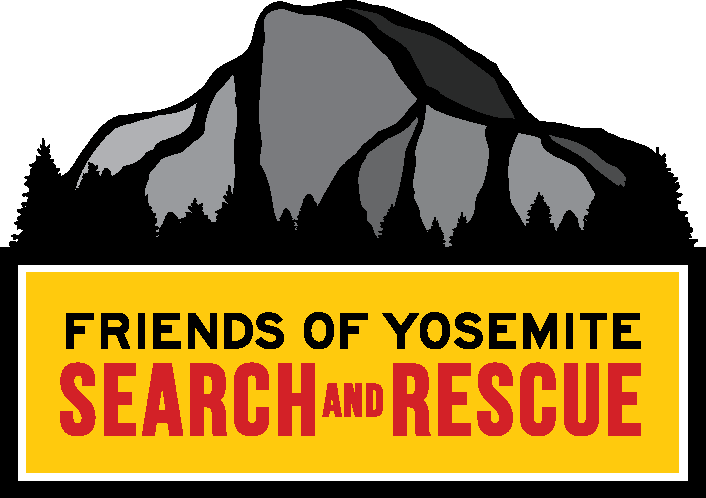Feature: Lance Colley (YOSAR)
Lance Colley, a 2021 Yosemite SARsiter began climbing with his dad at the age of 13. It was something that immediately drew him in. Climbing, Colley says, gave him identity and confidence. In 2018 Colley moved to Yosemite as a Campground Ranger. He’s been in Yosemite full time since then, and has participated in a variety of paid and volunteer positions. One winter, on New Years Eve, while Colley was volunteering as a Ski Ranger, a skier became lost on the Snow Creek Trail. It was 8 PM and they needed to send people out for a SAR. Colley headed out with Park Ranger Joey McBrayer and fellow volunteer Ski Ranger, Rob Lester, to look for the lost skier. The trip out was filled with discussions of various scenarios and what their response would be. There was no option to call in a helicopter, so the rescue response was totally on them. They found the lost skier at 1:30 am. They warmed him up and recovered his belongings. Colley recalls that it was an incredible experience-- to save a person’s life and to come back to the valley as heroes. This inspired him to apply for a YOSAR team position for 2021.
“…carryouts can ‘really beat you up. The litter is in the trail so you’re usually off the trail jumping from boulder to boulder…’”
YOSAR “SARsiters” live in one of two “SARsites,” which are composed of tent cabins. Colley says the SARsite “has it’s charm but most people would not be comfortable living there.” It’s an immersive outdoor living experience. There is no real escape from hot days and bugs, and you may find yourself chasing bears out of camp. Being nestled in the notorious Camp 4, there are also a lot of confused visitors wandering up asking what the SARsite is.
Living in the SARsite also means you are living in close-community with your team, something that Colley values. “If you need something you just kinda ask around and someone’s bound to be able to help you, or have a good idea, or improvise... Everyone is a rock climber, everyone has a cool background, so it's [an] incredible group to live with. The mindset is pretty cool. Everyone is open to crazy wild lifestyles and thinks outside the box. You’re like ‘I’m going to do this insane climb tomorrow’ and they’re like ‘cool, need to borrow any gear?’”
“It was really cool to get the call to go big wall climbing and rescue that guy... “
Having a close knit group is valuable for heading out on SARs too. You can tap into those resources to gain knowledge about where you are heading. If someone has recently climbed a route where you’re about to do a rescue you can get information about the route and quality of anchors. When it comes to SARs, Colley says it’s usually “easy to find someone who is thinking rationally and acting predictably.” If you get lost or injured and can get yourself to an open area “we will see you from the helicopter or if you try to make yourself visible we will find you.”
Being on a SAR can be physically and mentally demanding. Carryouts (when a patient is carried out on a litter with a big wheel in the middle) are particularly challenging. At least 6 YOSAR team members are needed. Colley says carryouts can “really beat you up. The litter is in the trail so you’re usually off the trail jumping from boulder to boulder, and skating down scree...just trying to keep the litter upright.” One of Colley’s most memorable rescues was on Leaning Tower. “It was really cool to get the call to go big wall climbing and rescue that guy... I didn’t get to do the rescuing because the helicopter beat me, but only by like half an hour.”
Colley moments before taking a 45 foot fall on El Cap’s Sunkist.
In the last couple of years Colley has set 3 speed records. His most recent, on El Cap’s Sunkist route in May (2021). During this record setting climb Colley took a 45 ft whip, falling 12 ft below his partner, Tyler Karow. Colley and Karow still cut 3 hours off the previous record. Believing he had only a strained back, Colley continued going out on SARs and participated in 3 carryouts before later being diagnosed with a broken back! Despite the diagnosis Colley was thankful that his injury only required rest and alternative physical activities. Colley’s recovery activities have included hiking and cycling. His recovery has gone well and he is back to climbing.
Believing he had only a strained back, Colley continued going out on SARs and participated in 3 carryouts before later being diagnosed with a broken back!




